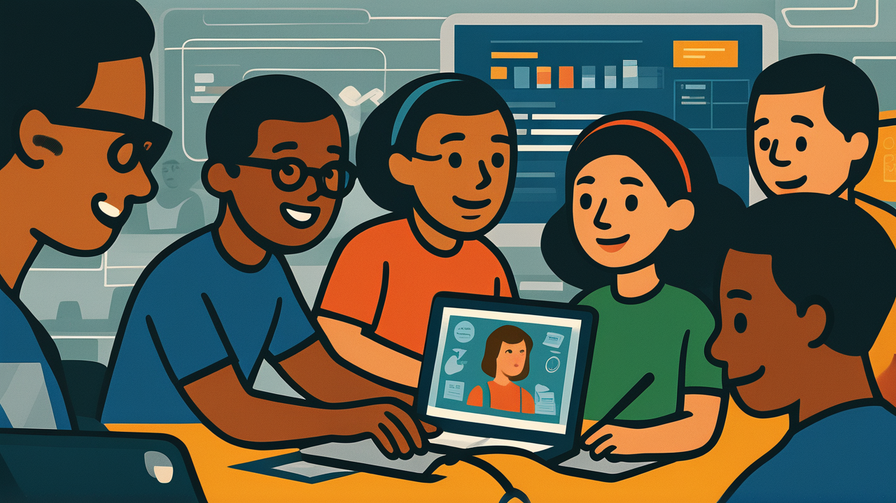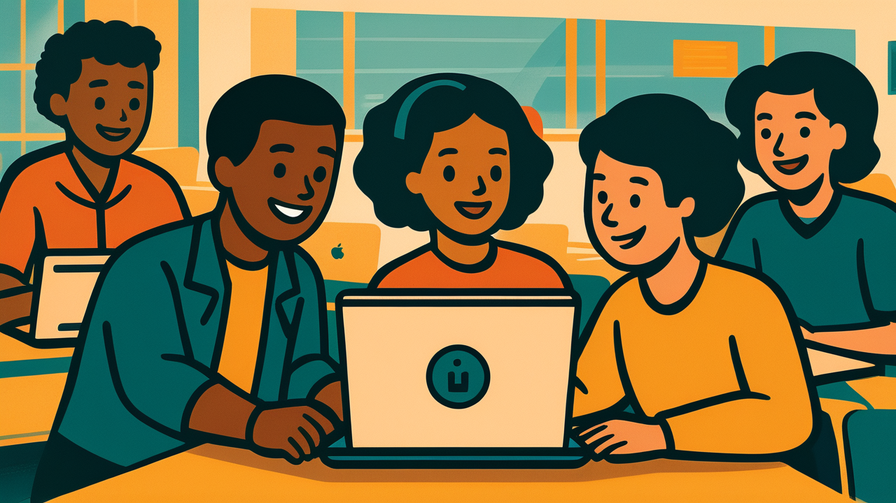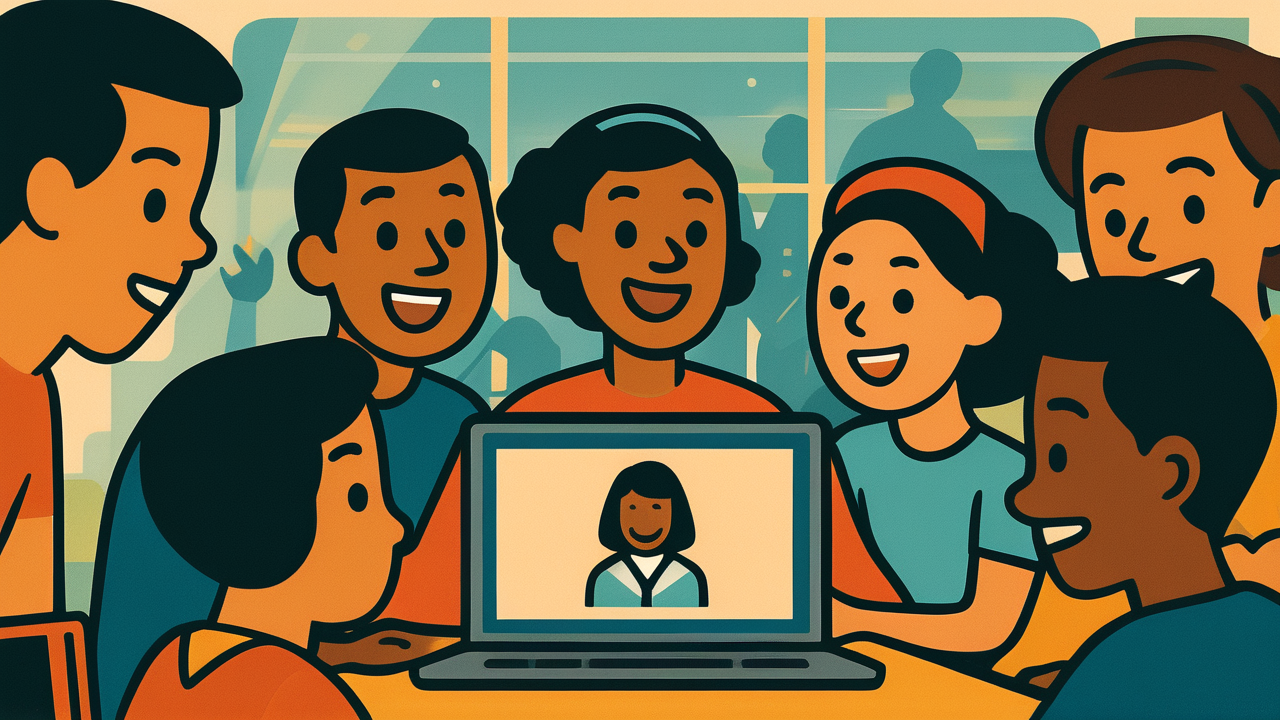[Disclaimer] This article is reconstructed based on information from external sources. Please verify the original source before referring to this content.
News Summary
The following content was published online. A translated summary is presented below. See the source for details.
Google has announced new features for Google Colaboratory (Colab), its free cloud-based coding platform, specifically designed to enhance higher education. These updates aim to make programming more accessible to students and educators worldwide. While specific feature details were limited in the source material, Google Colab continues to provide free access to powerful computing resources, including GPUs, making it possible for students to learn machine learning, data science, and programming without expensive hardware. The platform’s notebook-style interface allows students to write code, see results instantly, and share their work with classmates and instructors, revolutionizing how computer science is taught in universities and schools globally.
Source: Google Blog
Our Commentary
Background and Context

Picture this: You want to learn coding or work on a school project involving artificial intelligence, but your laptop is too slow or you can’t afford expensive software. Enter Google Colab—a free, web-based platform that gives you access to powerful computers in the cloud!
Google Colaboratory, nicknamed “Colab,” is like having a super-powered computer in your browser. It’s based on Jupyter notebooks, which let you mix code, text, and images in one document—perfect for homework, experiments, or learning new programming concepts.
What makes Colab special for students? It’s completely free, works on any device with internet access, and provides computing power that would normally cost thousands of dollars. You can even use GPUs (graphics processing units) that are essential for AI and machine learning projects.
Expert Analysis
Google Colab addresses several major challenges in computer science education:
• Equity in education: Students from all economic backgrounds get access to the same powerful tools
• Collaborative learning: Like Google Docs for code, students can work together in real-time
• Instant setup: No installation needed—just open a browser and start coding
• Real-world skills: Students learn tools actually used by professional data scientists and AI researchers
The platform particularly benefits subjects like data science, machine learning, and scientific computing, where traditional computer labs might lack necessary resources. Teachers can create interactive lessons where students immediately see results of their code.
Additional Data and Fact Reinforcement
Google Colab’s impact on education is substantial:
• Used by millions of students across 190+ countries
• Provides free access to NVIDIA Tesla GPUs worth $10,000+ each
• Supports all major programming languages including Python, R, and Julia
• Integrates with Google Drive for easy file storage and sharing
• Offers 12-hour runtime sessions for complex computations
Universities from MIT to community colleges use Colab to democratize access to advanced computing, enabling courses that would have been impossible without expensive infrastructure.
Related News
Colab’s educational features align with broader trends in tech education:
• GitHub Copilot offers AI coding assistance to students for free
• Microsoft’s VS Code in the browser brings professional development tools online
• Cloud platforms like AWS and Azure provide educational credits for students
The rise of AI coding assistants integrated into platforms like Colab represents a paradigm shift—students can now learn programming with AI tutors that explain errors, suggest improvements, and help debug code in real-time.
Summary

Google Colab’s evolution represents more than just new features—it’s democratizing access to cutting-edge technology education. By removing financial and technical barriers, any student with internet access can learn AI, data science, and programming at a professional level.
For students considering careers in technology, Colab offers a glimpse into the future of work: cloud-based, collaborative, and AI-enhanced. Whether you’re analyzing climate data for a science project or building your first neural network, these tools put professional-grade capabilities in your hands.
The message is clear: the future of coding education isn’t about having the most expensive computer—it’s about having access to the right tools and the curiosity to use them.
Public Reaction
Students and educators have enthusiastically embraced Colab’s educational features. A computer science professor from India shared: “Colab has transformed my classroom. Students who couldn’t afford laptops are now training AI models and winning hackathons.”
Online learning communities report explosive growth in Colab-based tutorials and courses. The hashtag #LearnWithColab features thousands of student projects ranging from COVID data analysis to creative AI art.
Some educators note challenges with internet connectivity in rural areas, but overall, the response has been overwhelmingly positive, with many calling it “the great equalizer” in tech education.
Frequently Asked Questions
Q: Is Google Colab really free for students?
A: Yes! The basic version is completely free with generous computing limits. There’s a Pro version with more resources, but most students find the free tier more than sufficient.
Q: Do I need to know programming to use Colab?
A: Basic programming knowledge helps, but Colab is actually a great place to start learning! Many free tutorials use Colab to teach coding from scratch.
Q: Can I use Colab for school projects?
A: Absolutely! It’s perfect for science fairs, data analysis projects, or any assignment involving programming. You can even share your notebook with teachers for grading.


